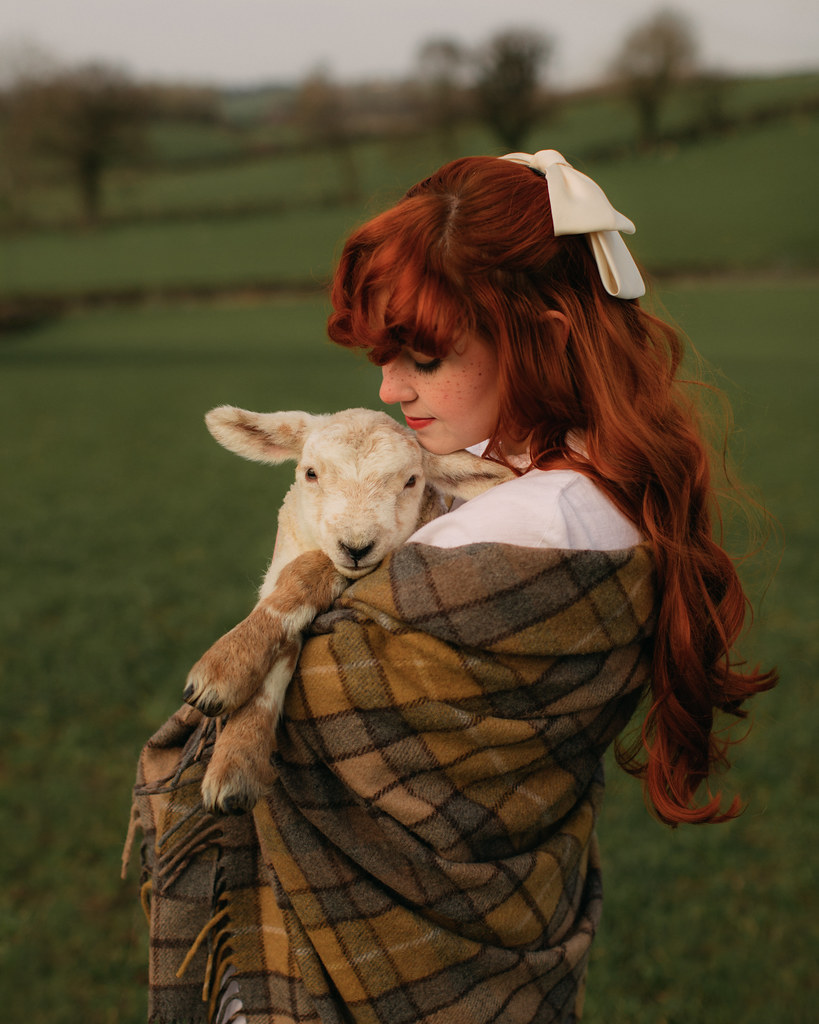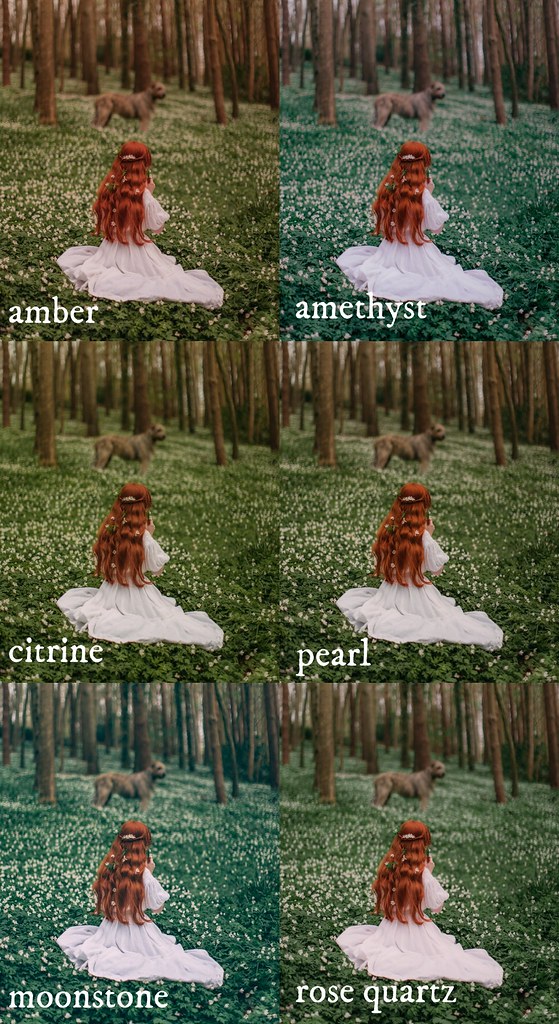



Working since the 1970s Deborah Turbeville has an approach to photography that is uniquely her own. Described as the anti-Helmut Newton Turbeville's photographs are hazy, but still images--models as sculptures through a shifting, sheer curtain. Still popular with fashion magazines and houses today (she shot Valentino's 2013 ad campaign) her aesthetic has never wavered. Most of her effects are post-production; she shoots in film and then scratches and smears the negatives. Of course this style was first the product of mistakes.
She began her career as a fashion editor and after being fired for "being too much" and attempted to cast non-model types she picked up her first camera. Her first camera has a soft focus lens and there were many errors, but she liked the mistakes and learned to incorporate them intentionally into her work. In her own words, "I’m not pinpointing anything; you never know, that’s the mystery. It’s just a suggestion and you leave it to the audience to put what they want on it. It’s fashion in disguise." The result is eerie and often changes the way people view fashion--her shoot of models in a bathhouse, almost pale and almost seeming to melt into the walls shocked readers of Vogue in 1975. It wasn't how swimsuits were typically shot.
I really admire photographers whose work is instantly recognizable and am increasingly fascinated with those who use the medium in an unintended way--those who take a tool capable of giving a sharp snapshot of a moment and turning the image into something more painterly. While Turbeville works on distinct series for magazines or designer's there's a continuing aesthetic theme that ties all of her photographs together.
She began her career as a fashion editor and after being fired for "being too much" and attempted to cast non-model types she picked up her first camera. Her first camera has a soft focus lens and there were many errors, but she liked the mistakes and learned to incorporate them intentionally into her work. In her own words, "I’m not pinpointing anything; you never know, that’s the mystery. It’s just a suggestion and you leave it to the audience to put what they want on it. It’s fashion in disguise." The result is eerie and often changes the way people view fashion--her shoot of models in a bathhouse, almost pale and almost seeming to melt into the walls shocked readers of Vogue in 1975. It wasn't how swimsuits were typically shot.
I really admire photographers whose work is instantly recognizable and am increasingly fascinated with those who use the medium in an unintended way--those who take a tool capable of giving a sharp snapshot of a moment and turning the image into something more painterly. While Turbeville works on distinct series for magazines or designer's there's a continuing aesthetic theme that ties all of her photographs together.





CONVERSATION